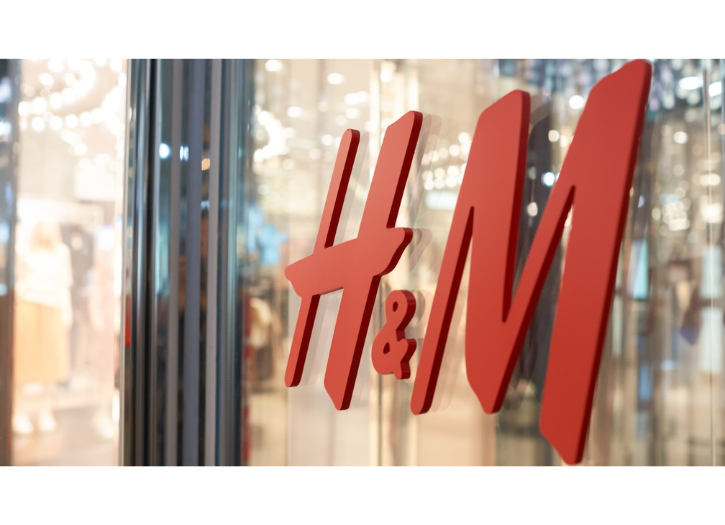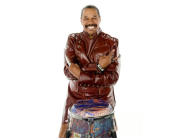Fast fashion is the business model of replicating recent catwalk trends and high-fashion designs, mass-producing them at a low cost, and bringing them to retail quickly while demand is at its highest.
Retailers who employ the fast fashion strategy include Primark, H&M, Shein, and Zara, all of which have become large multinationals by driving high turnover of inexpensive seasonal and trendy clothing that appeals to fashion-conscious consumers. Fast fashion grew during the late 20th century as manufacturing of clothing became less expensive.
Fast fashion brands produce pieces to get the newest style on the market as soon as possible. They emphasize optimizing certain aspects of the supply chain for the trends to be designed and manufactured quickly and inexpensively and allow the mainstream consumer to buy current clothing styles at a lower price. This philosophy of quick manufacturing at an affordable price is used in large retailers such as SHEIN, H&M, Zara, C&A, Peacocks, Primark, ASOS, Forever 21, and Uniqlo.
These retailers produce and sell products in small batches, keep surplus manufacturing capacity on hand, and frequently induce items to be out of stock, a practice designed to give retailers the ability to make substantial and immediate adjustments to manufacturing. For example, up to 85% of Zara’s merchandise can be changed in the middle of the season: A fast fashion system like Zara’s can quickly update designs, resulting in short product cycles where a garment does not sit on the stores’ shelf for long periods, giving the store a sense of exclusivity and raising the attractiveness of an item.
Fast fashion particularly came to the fore during the vogue for “boho chic” in the mid-2000s. According to the UK Environmental Audit Committee’s report “Fixing Fashion”, the practice “involves increased numbers of new fashion collections every year, quick turnarounds and often lower prices. Reacting rapidly to offer new products to meet consumer demand is crucial to this business model.
Fast fashion has developed from a product-driven concept based on a manufacturing model referred to as “quick response” developed in the U.S. in the 1980s and moved to a market-based model of “fast fashion” in the late 1990s and the early 21st century. The Zara brand name has become almost synonymous with the term, but other retailers worked with the concept before the label was applied, such as Fast fashion has also become associated with disposable fashion because it has delivered designer products to a mass market at relatively low prices.
The advancement of technology has allowed fast fashion to gain popularity over the last decade. Technology has allowed designers to create specifically what their consumers want according to what is “in” at the given moment. Every month, new things are trending and are displayed in stores to market towards youth. Technology has the power to change all the issues within the fast fashion industry. Brands such as Zara have been listening to their consumers and “thinking green” to improve.
Photo Credit:







Add Comment
You must be logged in to post a comment.